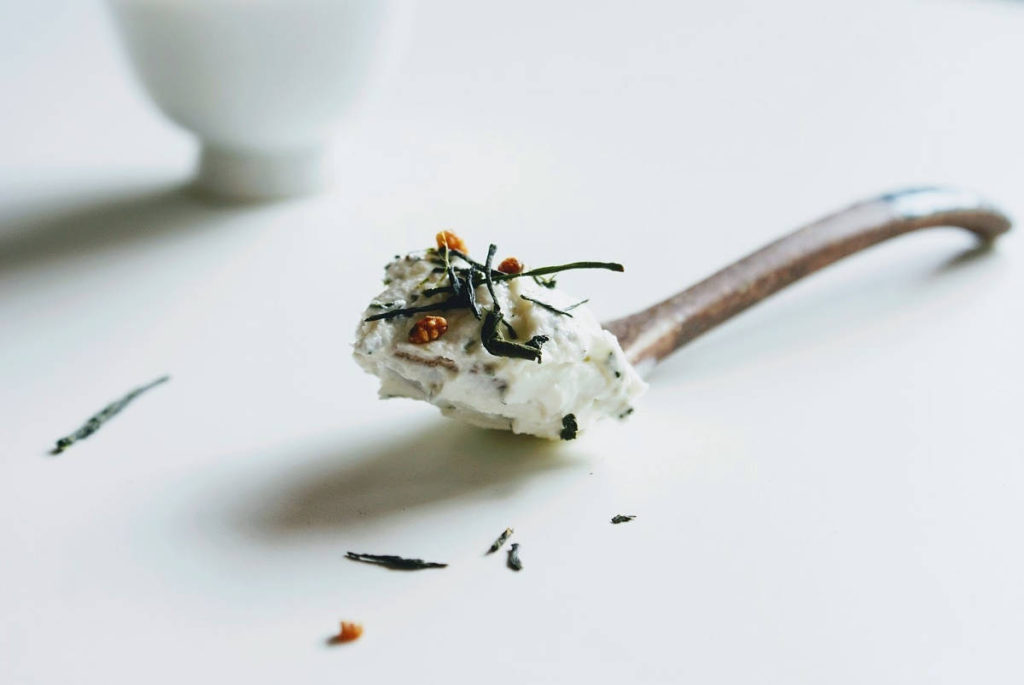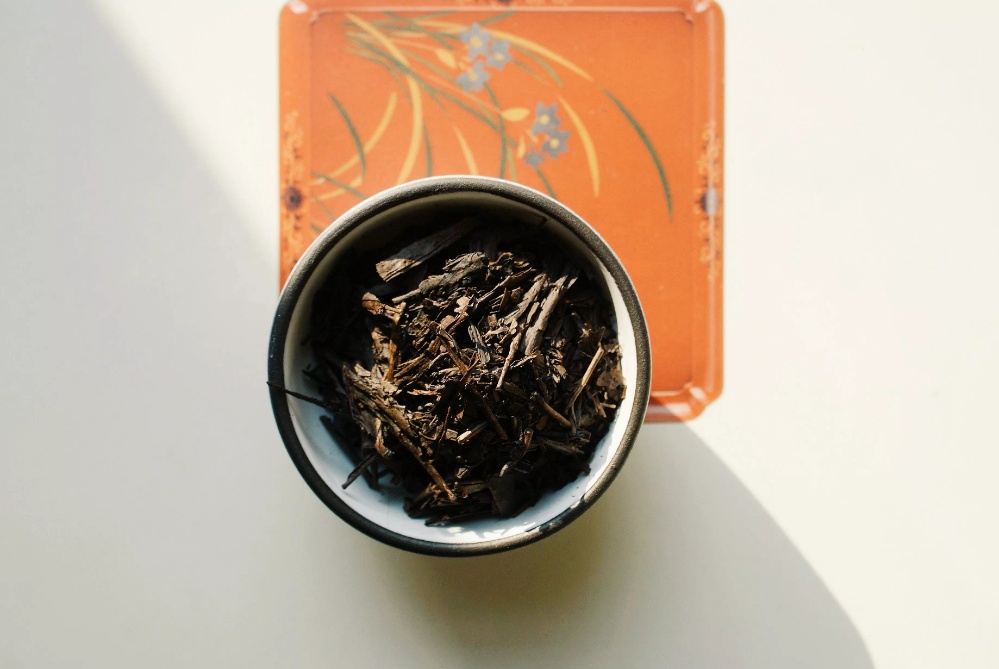Dear tea lover friends, you are probably reading these lines sitting at your desk or on your sofa at home, and you might have had several cups of tea since the early morning. Perhaps you also opened the cupboard where you store your selection and sighed as you gazed upon the Christmas limited edition from your favorite brand, glanced at the blend you got during the last tea event you attend, and dismissively skipped over that extra-flavored tea your auntie gave, then ended up brewing the same beloved tea you just had one hour ago.
As a tea lover, I often buy unusual types of tea, but during my daily routine I always end up drinking the same type over and over. The teas we drink also depend on the season and time of day. Currently I am in a ‘genmaicha phase’, but until last month I preferred stronger black teas with spices – a more wintery choice indeed – and earlier last summer I had a literal craving only for sencha.
But enough of my fickle fads – these days I began wondering what to do with all the teas that I acquired during my compulsive tea-shopping sessions.
Well, we should all have plenty of time to declutter now, right? So instead of trashing all those precious teas, how about we use some of them in our daily recipes?
Wait! Before you stop reading, rest assured that I’m not about to suggest you a ‘rare gyokuro and pumpkin souffle caramelised with a reduction of first flush Darjeeling’ … I am not a chef or a ‘food blogger’ and I don’t have so many kitchen tools at home, so don’t panic. What I am going to suggest you here are simple ways to mix a little bit of your tea with daily ingredients you might already have at home in order to create simple recipes. So let’s start and try to find clever ways to enjoy our stocks of sub-optimal tea!
The first one (and it’s my favorite) is a simple snack you can prepare in literally three minutes and enjoy at any time of the day either alone or with family, as it’s suitable for kids, too. For this snack you will need two essential ingredients and a couple of optional one, depending on your taste and their availability.
Essential ingredient 1: GENMAICHA is a ‘must have’ for Japanese tea lovers. It is made with either bancha or sencha green tea mixed with brown roasted rice, which gives it a toasted and slightly salty flavor; the one I use is made with sencha because the leaves are more delicate and not as coarse as a bancha. This time I choose this particular tea for the peculiar “crunchiness” given by the rice.
Essential ingredient 2: Cream cheese. OK, let’s be honest and quote the most famous brand in the world for it: Philadelphia. Everybody has tried it and – even here in Japan – you can find this specific soft cheese in any supermarket. However, this is not my favorite brand or type of cream cheese. When I was living in Italy I use to prefer a soft caprino, while here in Japan I found an organic soft cheese from Denmark, which is very suitable for this recipe.
Optional ingredients: crackers (or sliced bread) and EVO oil. If you would like to go further with your creativity, you can add also some slices of prosciutto (Parma ham) and some Belgian endive leaves.
How to use Genmaicha in this recipe: Simply put your creamy cheese into a wide ceramic pot, add some leaves of Genmaicha as they are (without brewing or warming them up), just grasp a couple of spoons of tealeaves (or the amount required for two tea bags) and sprinkle them dry on the top of the cheese. Then add a drizzle of olive oil, mix with a spoon and hey presto! Cream cheese with genmaicha is done! You can spread the crunchy-creamy cheese on crackers or bread, inside some rolled prosciutto slices, or on some salad leaves. Let your creativity flow with this and make some healthy sneaks for yourself and family!

After this little snack, my second suggestion is a way to enrich your main dish. Probably of you have stocked up with some traditional carbos, like pasta or rice. Some others might have got also some cous-cous or quinoa. Any of them work well with this recipe! What we are going to do is to aromatize the water in which you are going to boil your starchy food with some tea.
Suggested tea: HOJICHA (as common Japanese tea most of you might have already at home) or KYOBANCHA if you want and extra smoky scent to enrich your main dish. Both these two Japanese teas are characterized by a strong roasted taste, capable to aromatize sweets and meats but also main dishes such as pasta or rice if brewed together in the making process.
Ingredients: Riso Carnaroli (pasta, cous-cous or quinoa), mushrooms (or vegetables is you prefer). If you are not vegetarian, I would recommend some sausages.
How to give extra taste to your main dish: Bring some water to the boil, then turn the heat down and, by using an eco-tea bag or filter, infuse 4 -6g of hojicha leaves (or kyobancha) and leave them brewing for 10 minutes (very long steeping comparing to the 1 to 2 minutes if you want to drink it). When you got your very dark infused water, remove the teabag or filter and add salt to taste. Now, you can proceed by cooking the rice or cous-cous as you normally do with simple water. If you are making risotto, I suggest to use a pan and add the hojicha-water little by little along with the vegetables. I believe that mushrooms go along with a smoky aftertaste more than other vegetables, but feel free to experiment following your own taste. For those who would like extra taste and add some protein, I would suggest frying some sausages and mixing them with mushrooms at the end. Et voila, by adding just a little touch in the water you created a totally different main dish, the rice will look brownish and the final dish will have an extra roasted taste that will pleasantly surprise you!
It looks like a lot of words and instructions, but these two recipes are simpler to make than to read, believe it! If you don’t have the teas I am suggesting at home, you can take advantage of the fact that several tea websites are offering free shipping. If you want to ‘tea-clutter’ instead, I hope I gave you some hints for letting your creativity go!
*Written by Elisa Da Rin of Il Bollitore, who is also a Tea Fellow of the Global Japanese Tea Association. You can follow her tea adventures in Tokyo on her instagram page.
*Photo Credit: all the photos on this article are by Jurga P. Alessi of Prima Infusione.

